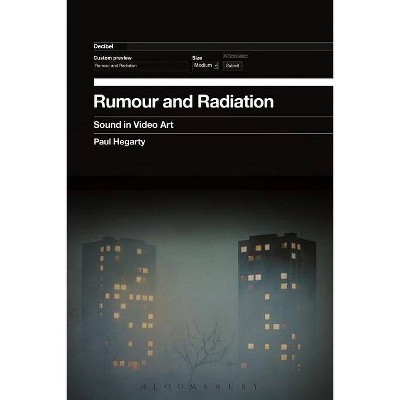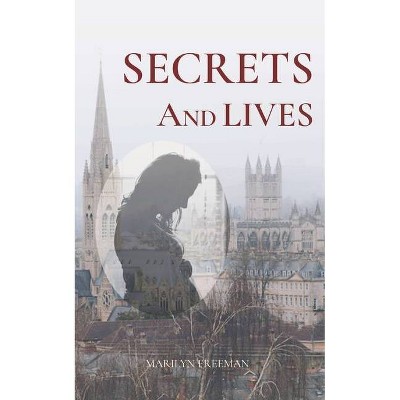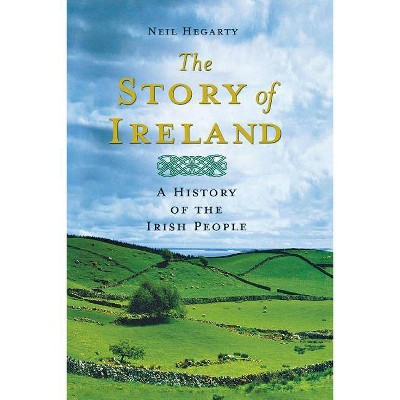Victory Girls, Khaki-Wackies, and Patriotutes - by Marilyn E Hegarty (Paperback)

Similar Products
Products of same category from the store
AllProduct info
<p/><br></br><p><b> Book Synopsis </b></p></br></br><p><b>Victory Girls, Khaki-Wackies, and Patriotutes</b> offers a counter-narrative to the story of Rosie the Riveter, the icon of female patriotism during World War II. With her fist defiantly raised and her shirtsleeves rolled up, Rosie was an asexual warrior on the homefront. But thousands of women supported the war effort not by working in heavy war industries, but by providing morale-boosting services to soldiers, ranging from dances at officers' clubs to more blatant forms of sexual services, such as prostitution.</p><p>While the de-sexualized Rosie was celebrated, women who used their sexuality--either intentionally or inadvertently--to serve their country encountered a contradictory morals campaign launched by government and social agencies, which shunned female sexuality while valorizing masculine sexuality. This double-standard was accurately summed up by a government official who dubbed these women"patriotutes" part patriot, part prostitute.</p><p>Marilyn E. Hegarty explores the dual discourse on female sexual mobilization that emerged during the war, in which agencies of the state both required and feared women's support for, and participation in, wartime services. The equation of female desire with deviance simultaneously over-sexualized and desexualized many women, who nonetheless made choices that not only challenged gender ideology but defended their right to remain in public spaces.</p><p/><br></br><p><b> Review Quotes </b></p></br></br><br><b>Victory Girls, Khaki-Wackies, and Patriotutes</b> offers a substantive and complex narrative of the sweeping and multiple constraints on female sexuality during World War II. Hegartys study is the best since Allan Brandts epic work in its nuanced attention to the process by which female sexualitydeemed both necessary and suspectwas harnessed in service to the state, while female sexual desire and women's choices to engage in heterosexual activity remained unspeakable and became critical targets for containment during and after the war. This is a provocative and compelling book.--Leisa D. Meyer, author of Creating G. I. Jane: Sexuality and Power in the Women's Army Corps During World War II<br><br>Hegarty . . . uncover[s] a complex picture. . . . This study . . . significantly enhances our understanding of the World War II period in the United States.-- "Journal of American History"<br><br>Hegarty conducted excellent research in Social Protection Division archives, popular magazines, professional journals, and numerous other wartime materials.-- "Choice"<br><br>Hegarty has succeeded in writing a very engaging and readable account of an important, and troubling, aspect of the history of the good war.--Nancy K. Bristow "Journal of the History of Childhood and Youth"<br><br>In this carefully crafted and highly readable history, Hegarty reminds us of the multiple links between sexuality and war. She captures the contradictions and shows us how womens sexuality was both mobilized and policed.--Joanne Meyerowitz, author of How Sex Changed: A History of Transsexuality in the United States<br><br>Offers a fresh perspective on the construction of gender roles during wartime by examining the experience of women who performed moral-maintaining, or as she terms the, sexualized services during World War II.-- "Military Review"<br><br>The strength of <b>Victory Girls, Khaki-Wackies, and Patriotutes</b> is [Hegartys] delving deep into bureaucratic files, piecing together the Federal and state U.S. officials steps toward, and thinking behind, mobilizing and controlling American womens sexuality.--Cynthia Enloe, author of The Curious Feminist: Searching for Women in a New Age of Empire<br>
Price History
Price Archive shows prices from various stores, lets you see history and find the cheapest. There is no actual sale on the website. For all support, inquiry and suggestion messagescommunication@pricearchive.us




















